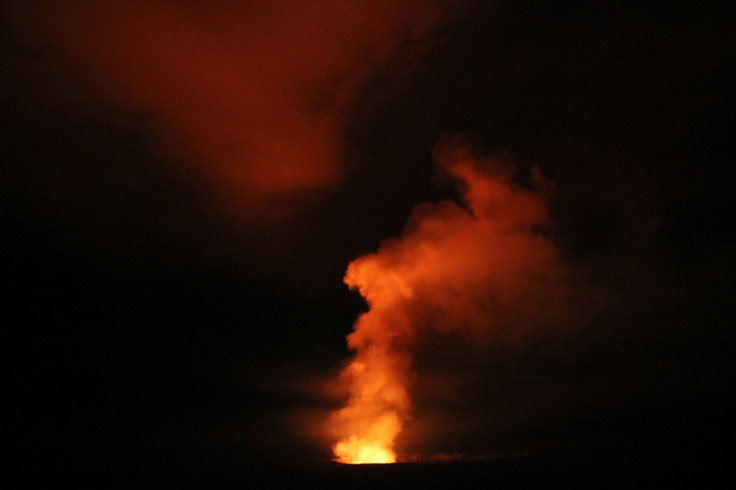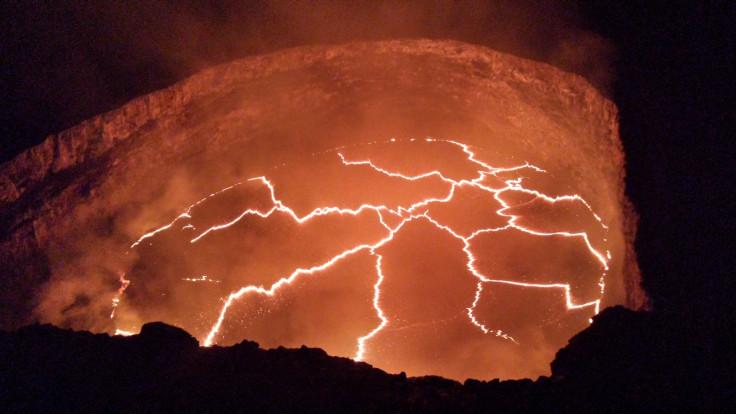Kīlauea volcano continues to splutter lava - helping us predict future devastating eruptions
Kīlauea volcano in Hawaii is one of the most active on Earth.
Scientists working at Kīlauea, one of the most active volcanoes on the planet, have shown that a new method can accurately predict when an eruption is likely to take place.
Measuring the energy moving through the volcano, and looking at how it correlates with the amount of bulging and shrinking observed in the rock, may make it easier to predict an eruption.
Located in Hawaii, Kīlauea has been spewing lava almost constantly since 1983. Because it's so active, the volcanic rock is continuously bulging and shrinking as pressure in the magma chamber just below the summit increases and decreases.
It is now one of the most studied volcanoes on Earth, as researchers try to make sense of the intense volcanic activity seen at the site.
Seismic noise
In recent years, a method known as seismic noise interferometry has allowed scientists to measure continuously and in real time seismic velocity – the speed at which seismic waves (which are waves of energy) propagate. The technique involves using seismic noise, a persistent low-level vibration in the Earth, to measure seismic velocity.
Traditionally, scientists have measured small earthquakes caused by movements of magma at volcanoes to assess the risk of an eruption. But sometimes magma can flow without causing an earthquake, as it makes its way through pre-existing pathways.
Seismic velocity is known to be sensitive to pressure inside volcanoes and scientists think it can be a useful tool to determine the risk of an eruption, when the earthquake method fails. "We want to know whether the seismic velocity changes reflect increasing pressure in the volcano, as volcanoes bulge out before an eruption. This is crucial for eruption forecasting," Clare Donaldson, a PhD student in Cambridge's Department of Earth Sciences, explained.

In a study now published in the journal Science Advances, Donaldson and colleagues have used seismic noise interferometry to show that variations in seismic velocity correlate well with a deformation of the rock and with changes in pressure.
During four years, the researchers used sensors and relied on seismic noise to measure relative changes in the velocity of seismic waves moving through the volcano over time. They then compared their results with a second set of data which measured changes in the bulging of the volcano over the same period.
They found that as the amount of magma changed inside the magma chamber, the whole summit of the volcano bulged and shrank, and seismic velocity changed.
When the chamber filled with magma, indicating that an eruption was near, pressure increased, bulges could be observed in the rock, and seismic waves went faster. In contrast, when the chamber emptied, seismic velocity and pressured decreased.

Hence, seismic velocity appears to be closely linked to pressure and bulges in the volcano. Looking at how it varies over time, by monitoring seismic noise, can help pinpoint when a volcano is more likely to erupt.
"This is the first time that we've been able to compare seismic noise with deformation over such a long period, and the strong correlation between the two shows that this could be a new way of predicting volcanic eruptions," Donaldson explained.
The scientists think the method could in the future be tested at other volcanoes and used to predict upcoming eruptions.
© Copyright IBTimes 2025. All rights reserved.






















